
The Autobiography of
Nikola Tesla
and Other Works
The Autobiography of
Nikola Tesla
and Other Works
INTRODUCTION BY KEN MONDSCHEIN, PHD

 Canterbury Classics
Canterbury Classics
An imprint of Printers Row Publishing Group
9717 Pacific Heights Blvd, San Diego, CA 92121
Compilation copyright 2021 Canterbury Classics
All rights reserved. No part of this publication may be reproduced, distributed, or transmitted in any form or by any means, including photocopying, recording, or other electronic or mechanical methods, without the prior written permission of the publisher, except in the case of brief quotations embodied in critical reviews and certain other noncommercial uses permitted by copyright law.
Printers Row Publishing Group is a division of Readerlink Distribution Services, LLC.
Canterbury Classics is a registered trademark of Readerlink Distribution Services, LLC.
Correspondence concerning the content of this book should be sent to Canterbury Classics, Editorial
Department, at the above address.
Publisher: Peter Norton Associate Publisher: Ana Parker
Art Director: Charles McStravisk
Senior Developmental Editor: April Graham Farr
Editor: Traci Douglas
Editorial Team: Dan Mansfield
Production Team: Julie Greene, Rusty von Dyl
Cover Designer: Ray Caramanna
Interior Designer: Riann Bender
Image Credits: http://www.classictesla.com/photos/tesla/tesla.html via Wikimedia Commons; Electrical Experimenter Magazine
Copyright in the individual images remains the property of the individual contributors. Every effort has been made to trace all copyright holders. We apologize in advance for any unintentional errors or omissions, which will be corrected in future editions.
eBook ISBN: 978-1-64517-890-3
eBook Edition: September 2021
Editors Note: These works have been published in their original form to preserve the authors intent and style.
CONTENTS
_______________
THE PROBLEM OF INCREASING HUMAN ENERGY
with Special Reference to the Harnessing of the Sun's Energy
THE INVENTIONS, RESEARCHES,
AND WRITINGS OF NIKOLA TESLA
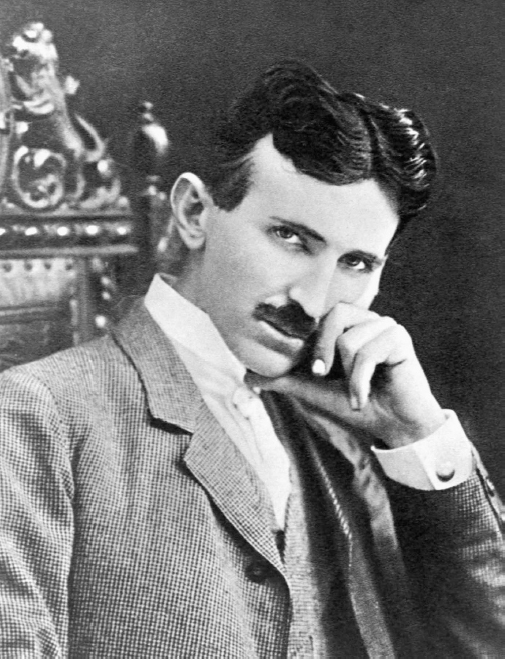
_______________
THE AUTOBIOGRAPHY OF
NIKOLA TESLA AND OTHER WORKS
M ore than 125 years after his birthwhich was, fittingly enough, during a lightning stormthe Serbian-American electrical engineer Nikola Tesla has become synonymous with scientific genius. His name has been lent not only to the well-known electric car company and the SI unit of magnetic flux density, but also to an asteroid, a crater on the moon, and even a rock band from the 1980s. Likewise, his life story has been made into books, movies, and even an opera. After achieving the pinnacle of wealth and success, he fell into genteel poverty and embodied a new archetypethe mad scientist, prone to making grandiose claims about new inventions that never materialized. However, in the past few decades, the image of Tesla the crackpot has faded into the background, leaving his considerable accomplishments to enjoy the limelight.
To be sure, Tesla is a fascinating subject: He was a man of considerable talents and even more considerable flaws, combining an inventive brain with a poetic and even mystical turn of mind. As Arthur Edwin Kennelly of Harvard University said upon awarding Tesla his Edison medal, Tesla set wheels going round all over the world. What he showed was a revelation to science and art unto all time. Chief and most lasting among Teslas innovations was the alternating current, or AC, motor. The value of this device is that it can take an electrical current that is both easy to generate and can be transmitted over long distances and exploit it to do useful work. AC motors are also quiet, long lasting, powerful, and efficient. They are used in everything from water pumps to vacuum cleaners to spacecraft to the electric cars that bear Teslas name. In other words, the AC motor is one of the fundamental inventions of the modern age.
In order to appreciate the significance of Teslas innovation, its necessary to understand the difference between alternating current and direct current. Picture electric charge flowing through a wire as water going through a hose. A direct current (DC) is what you are used to seeing in your backyard: the water flows one direction. However, in an alternating current (AC), the water flows back and forth, as if you had a section of hose with some water in it and alternately raised and lowered each end. Because electrical power is dependent on the strength (potentiality) of the stream and not the direction of the flow, both AC and DC are useful for doing different kinds of workthough using AC takes some clever engineering tricks. Tesla was a brilliant engineer who discovered many applications for AC power.
Tesla had other accomplishments, as well. He invented generators more efficient than any ever seen before, and, with the backing of George Westinghouse, he was one of the chief people responsible for the adoption of AC power grids in the United States. In this campaign, Tesla and Westinghouse were opposed by Thomas Edison, who championed DC current. The current war ended with victory for Westinghouse and Tesla. Among other inventions, Tesla also improved street lighting and invented ways to meter electricity and convert AC to DC. His magnifying transmitterthe famous Tesla coilwas used in radio and medical applications for decades and is still used for entertainment. In all, Tesla is estimated to have had about 300 patents to his name, though not all of them have been accounted for by historians.
We must not, however, invest too heavily in the idea of the lone genius. While a man of undoubted talents and considerable charisma, as well as an indisputable flair for self-promotion, Tesla, like all inventors, built on the accomplishments of others. He did not invent the electric dynamo; rather, he built on work by men from many countries and many walks of life, such as the British inventor Michael Faraday, the Italian professor Antonio Pacinotti, the German industrialist Ernst Siemens, the Hungarian priest nyos Jedlik, and of course, Thomas Alva Edison. Similarly, the labor and financial backing of others was required to bring his ideas to fruition. Edison and Westinghouse helped to develop the market and infrastructure that allowed Teslas inventions to be deployed on a large scale. Finally, countless nameless men and women labored to construct, install, and maintain his innovations.
EARLY LIFE
Nikola Tesla was born to Milutin Tesla, an Eastern Orthodox priest, and his wife, Djuka, in 1857. His maternal grandfather was also a priest. As for his mother, though she had no formal schooling, Nikola would attribute his prodigious mental talents to his inheritance from her. The town where he was born, Smiljan, is today in Croatia, but at the time it was part of the Austro-Hungarian Empire. Because of this, Teslas schooling was conducted in German, the language of the empire.
Tesla attended a prestigious Gymnasium in Karlovac, now in Croatiathat is, a college-preparatory high school. There, he would have studied languages, science, and mathematics. He first became fascinated by electricity when his physics teacher demonstrated a dynamo, a device that produces electricity by rotating a metal piece (appropriately called the rotor) in a magnetic field: It is impossible for me to convey an adequate idea of the intensity of feeling I experienced in witnessing his exhibitions of these mysterious phenomena. Every impression produced a thousand echoes in my mind. I wanted to know more of this wonderful force; I longed for experiment and investigation.
Next page
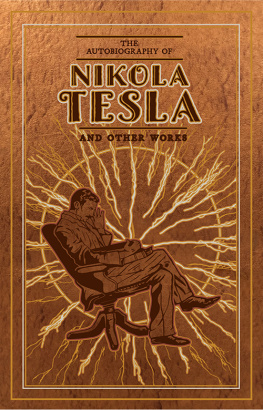


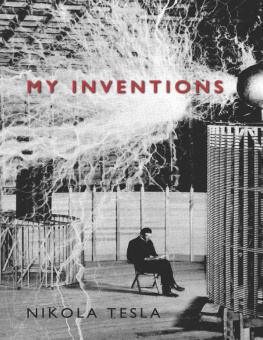




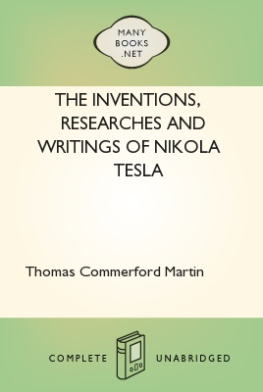
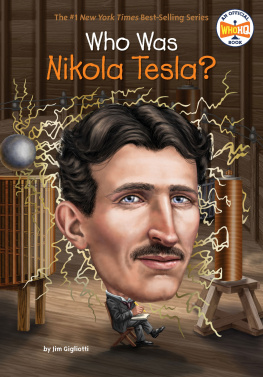
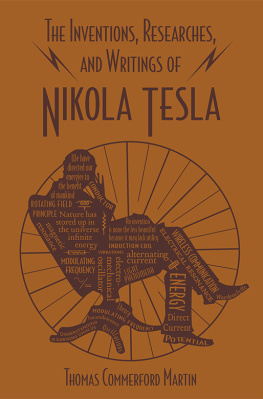
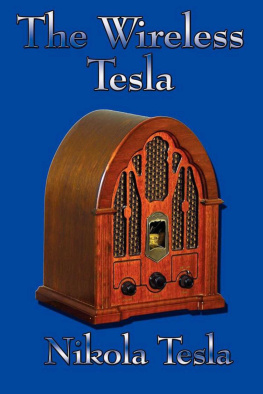
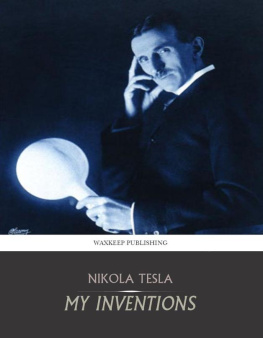


 Canterbury Classics
Canterbury Classics